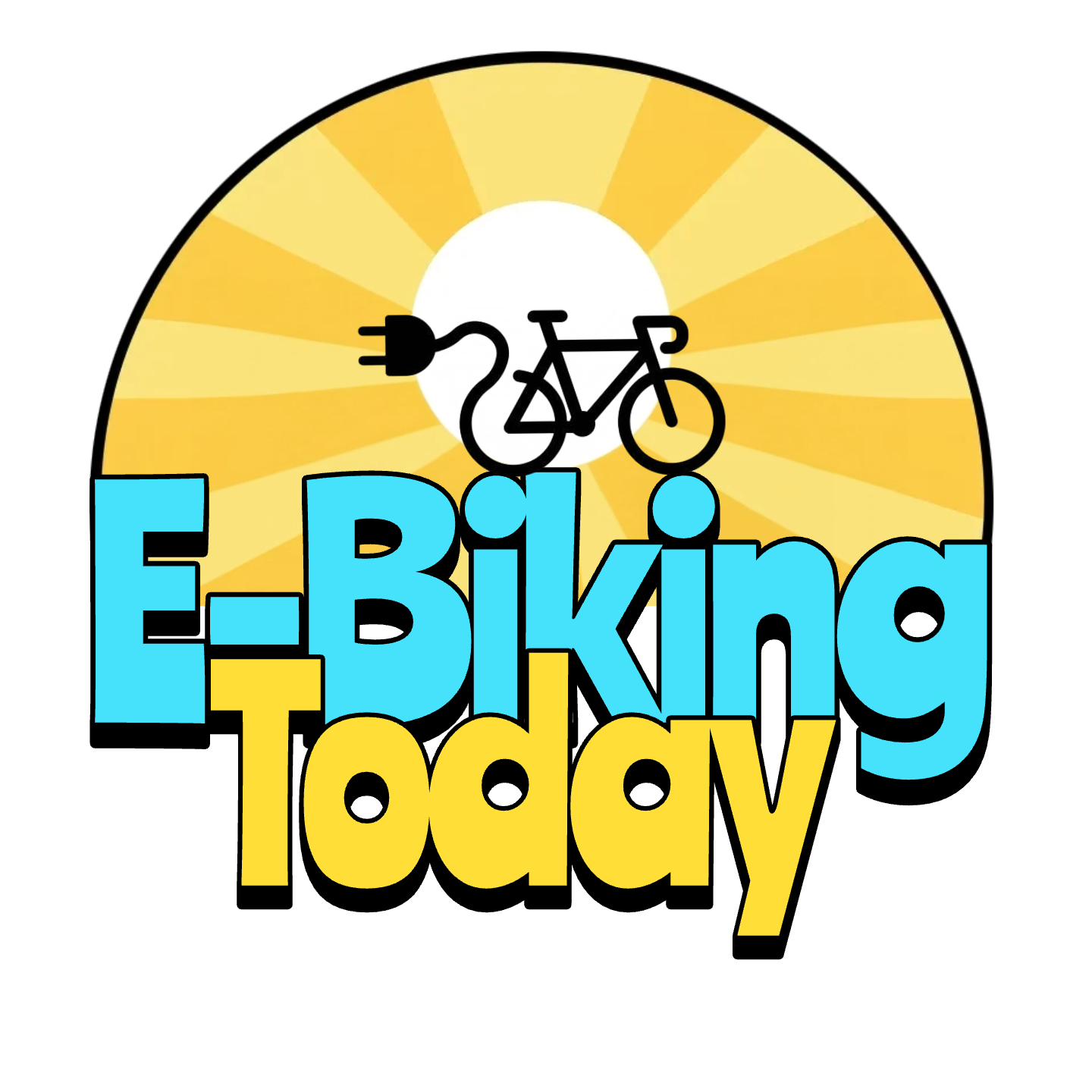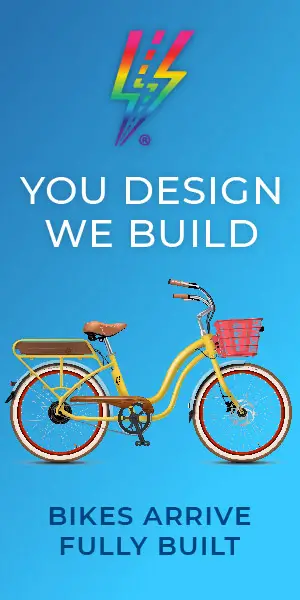Have you ever had that thrilling (read: terrifying) moment when your electric bike decides it’s a racehorse and leaves you clinging on for dear life? Yeah, me too. But don’t worry, I’ve got some pro tips to help tame that wild steed of yours. Let’s dive into how you can stop your e-bike from lurching forward and enjoy a smoother ride.
Why Your E-Bike Acts Like a Teen in a Sports Car
First things first, let’s chat about why your e-bike might be a bit too eager. E-bikes come equipped with motors that assist your pedaling, but sometimes, they can get a bit overexcited. This could lead to sudden surges that make you feel like you’re not in control. Imagine trying to take a leisurely turn and ending up doing a wheelie instead – not cool, right? This issue usually boils down to the sensitivity settings of your throttle or pedal assist system being cranked up a tad too high. Typically, an e-bike’s computer and cadence sensor are the culprit.
Thus, you might experience one of these frightening problems:
- Your initial acceleration is too sudden and/or too fast
- You feel out of control when accelerating
- You lurch forward when trying to control a turn
- You unwillingly catch air when pedaling or throttling over a bump
- Or, you might accidentally pop a wheelie when using the throttle
Not only is this startling, but it can also be dangerous, especially if you’re in a crowded area or navigating through traffic. As a new e-biker, my husband Marc accidentally did a wheelie getting up a steep dirt hill using the throttle. Thankfully, he caught the bike before it toppled on top of him. And, once when my e-bike lurched forward, I ran over a curb and ended up with minor injuries (and it was also quite embarrassing).
It’s also worth noting that new riders, particularly those who are older or have slower reaction times, might be startled by a pedal assist system at first. Some may prefer to use throttle only, which may feel more predictable and controllable.
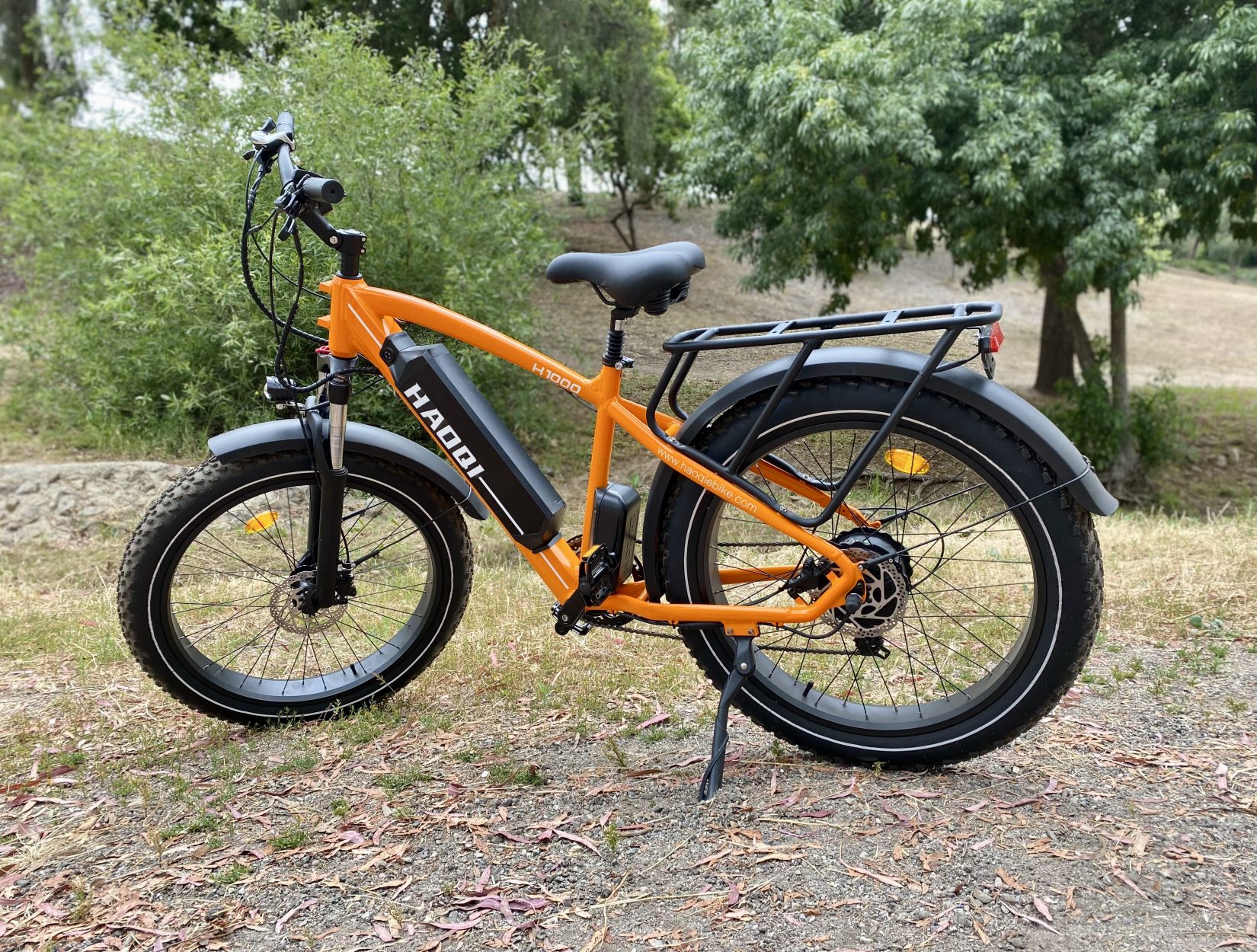
The Fix: E-Bike Taming 101
Now, onto the good stuff – how to keep your bike in check:
Adjust Your Bike’s Settings
first, check your electric bike’s settings. Many ebikes have adjustable sensitivity settings for the throttle and pedal assist. By lowering the sensitivity, you may be able to reduce the likelihood of sudden lurches. You might also be able to limit the speed of each pedal assist level.
One way to change sensitivity settings is through the controller on the bike itself. Take a look at your e-bike’s manual or contact the manufacturer to find out which buttons can get you to these settings, if available. Online manuals sometimes provide more information than the short manuals that come with the bike.
Also, if you know what type of display is on your ebike, you can research how to change the speed and sensitivity settings.
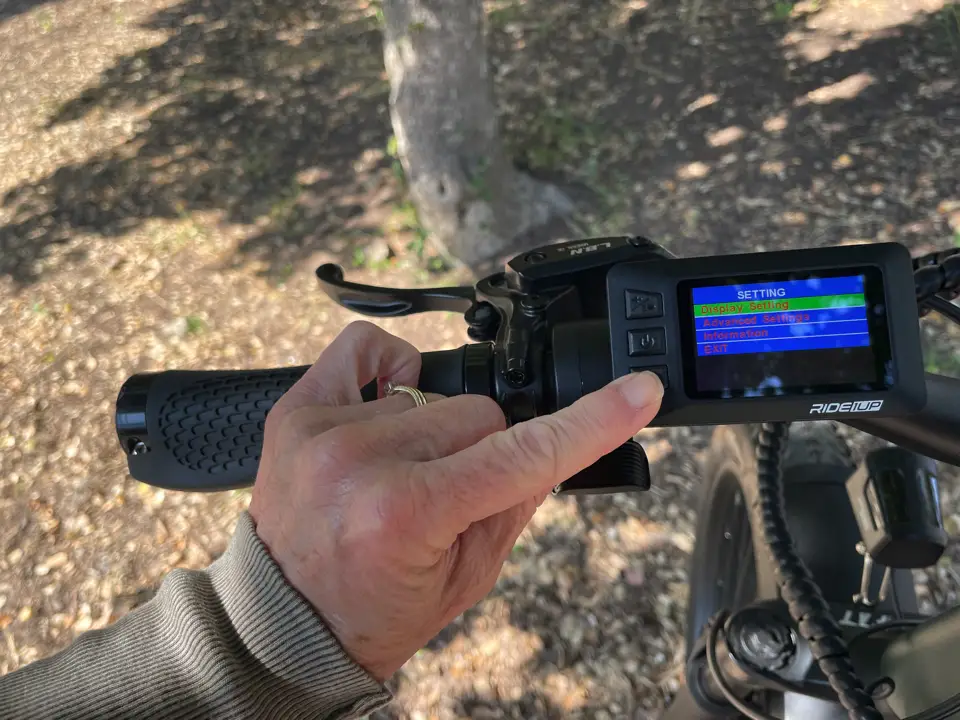
E-Bike Apps
Additionally, some e-bike brands offer apps that let you modify assistance. But, to be honest, Marc and I have made modifications on different e-bike apps without seeing any change.
For example, Heybike has a nice-looking app. And, while changing the number of levels of pedal assist and turning on and off the bike from the app works great, nothing seems to change when we use the sensitivity slider. But, hey, many ebikes don’t offer apps at all.
So, unfortunately, changing these settings doesn’t always work. So, instead, let’s talk about other ways of taming your electric bike.
Practice Gradual Acceleration
One way to maintain greater control is to practice gradual acceleration. Start from the lowest pedal assist setting or with the assist off. This way, you can ease into the speed without any surprises.
When you’re starting from a stop, begin by pedaling without using the throttle. Within a couple of turns of the crank, the motor will kick in. But since you’re already moving, you’re less likely to experience a sudden ‘wheelie’ effect. Once you’re moving, slowly dial up the power as you feel more comfortable. Assuming the e-bike software is speed-based at each level, this should help.
You might also try gradual acceleration by riding without any pedal assistance. However, it’s hard to start pedaling a heavy electric bike without pedal assist. So, make sure you’re up to the task before trying.
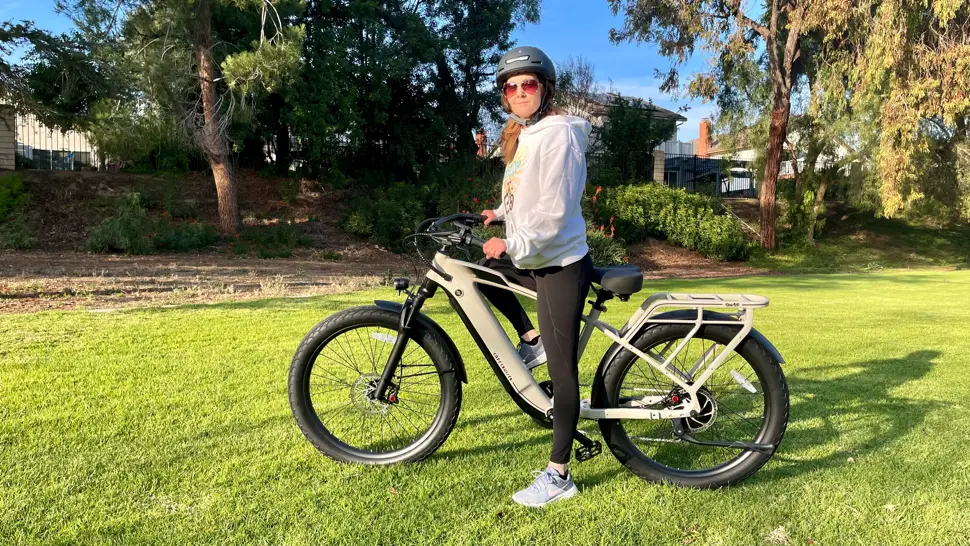
Smart Turning Techniques
When making a low-speed turn, try easing off the pedal assist or even turning it off momentarily. It might feel like a dance move at first, but it’ll keep your bike’s enthusiasm in check. Assuming the e-bike software is speed-based at each level, this should help.
Here’s my biggest concern… Making a U-turn at a low speed, like 4-6 mph. Be aware that with a cadence sensor, your ebike might try to accelerate to 8 mph or more with barely a quarter turn of the pedals. So try this. Ride a little faster when approaching a turn but stop pedaling before going into the turn. This can help you make it through a U-turn safely without pedaling.
Additionally, you might shut off the pedal assist or the controller entirely before making a tight turn.
Another idea… lean into the acceleration. This can help counteract the power kick and give you a smoother start.
Hopefully, these suggestions will help you maintain better control and prevent unexpected lurching. But there are still other ways to control your electric bike.
Start with Zero Pedal Assist
You might also choose an ebike that requires you to turn on the pedal assist system if you want to use it. Not all e-bikes have this feature. But, one example is the Model R e-bike from the Electric Bike Company.
Torque Sensor Electric Bikes
If you’re in the market for a new ride or simply curious, e-bikes with torque sensors are known for their smooth assistance. They match your pedal power instead of overwhelming it, leading to more natural acceleration. Thus, you won’t lurch ahead by barely putting your foot on the pedal.
Here’s a list of torque-sensor e-bikes worth checking out:
- Aventon Aventure 2 fat tire e-bike
- Aventon Sinch 2 folding bike
- Ride1Up LMT’D 2
- Rad Power Bikes Radster Trail
- Tenways CGO
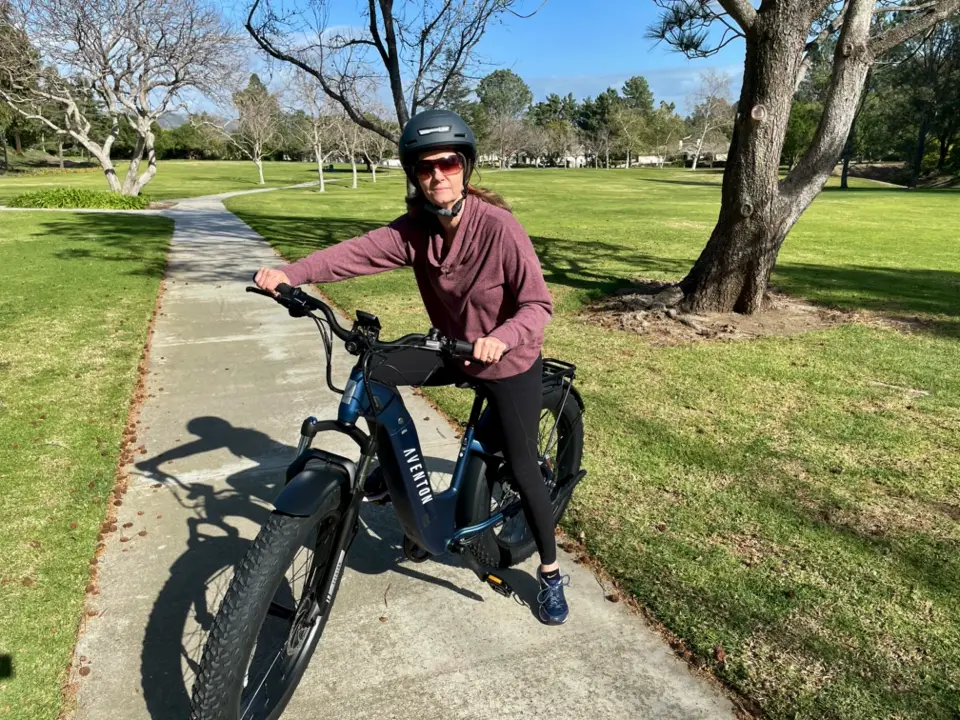
Keeping It Smooth and Safe
While adjusting your ride’s settings or practicing your start technique can work wonders, don’t forget the basics. Keep your e-bike well-maintained, and if you’re facing unresolved wild rides, a professional e-bike technician might be your next best friend. E-biking should be about enjoyment, not the unexpected!
And there you have it – your guide to reigning in a sensitive electric bike. Whether you’re new to the e-biking world or a seasoned pro seeking smoother rides, these tips should help make your journey safer and more enjoyable. Remember, it’s all about finding that perfect balance for you.
I hope these tips help you feel more in control of your ride, turning your e-biking experience from wild to peaceful. So, the next time your e-bike gets a bit too spirited, you’ll know just what to do. Now, go out and enjoy your ride!
